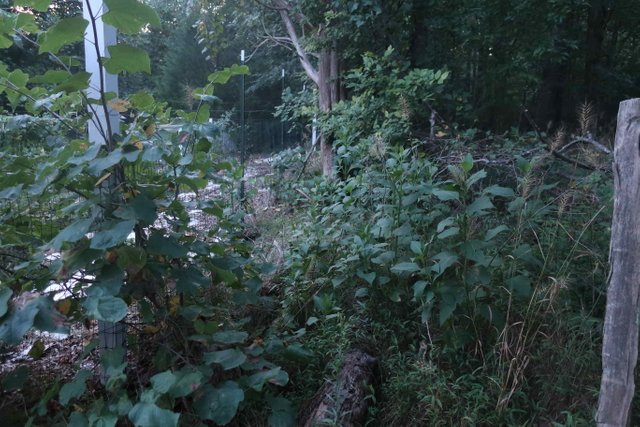Cultivating your land to support wildlife
I am just as fascinated with wild animals as when I was a six year old boy. I love observing their secret lives as they follow the ancient routines of the season. Now that it is the height of summer, the first of the year for rabbits, deer, and skunks have been born and are ranging out in search of food. I jumped a fawn last week who was bedding in a hedgerow, and I don’t know who was more surprised by the sudden encounter. While I also harvest wild animals to feed my family, I don’t do this on the homestead unless I am forced by depredation. Besides giving joy to the whole family, I see the animals on my land as an insurance policy against food scarcity caused by local problems (job loss, illness) or global economic issues (a clever little story about a blogger during a flu pandemic raises this point)
Our choices influence wildlife populations
Our interactions with the natural word affect wild animals in complex ways. For example, when I was a child, it was a notable occasion if you saw a great blue heron. Today, with decreased DDT use, I probably see five per week. Conversely, I have never seen a quail in the wild despite spending a lot of time in the woods and field. In addition to increased predation by raptors that now are flourishing, the populations of many birds and small mammals have been greatly impacted by changes in farming and landscaping practices. “Clean” farming has resulted in the loss of brush around fence and property lines, and suburban practices like the widespread of herbicide on manicured lawns. These land uses have significantly decreased the amount of “cover” or brush and long grasses needed to provide shelter and hiding for ground-dwelling birds, squirrels, rabbits, and chipmunks.
At our homestead, we cultivate the land to support wildlife. These are very simple steps that apply in many landscapes, from a postage-sized lot in the city to a large ranch.
Provide cover
When trimming limbs, don’t leave these out on the curb to be taken to a landfill. Provide locations for animals to nest and retreat by stacking the limbs in large piles. Place these on edges, transition areas between two landscapes like the lawn and a woodlot. Animals will feel more secure going out into the grass to feed if they know there is a place to retreat if a hawk swoops overhead.

Some loblolly pine logs from a dying tree we used to build a bunny house
Allow grass along edges to grow high. Leave the string trimmer in the shed except for once a year.

Transition area between the garden fence and woodlot. Note the game trail just left of center in the photo. I actually jumped a deer taking this photo
Protect food sources
In our backyard, we planted white clover on the predominately fescue lawn. I did this by just mixing the seeds with topsoil and throwing them on top of the lawn and placing straw on top. We did this just after the last frost date. White clover is a treat for deer and rabbits. Also remember to encourage sources of mast (fruit of the forest) which is the main source of food for squirrels and deer. We have a large oak tree, and, when the acorns start to drop, I rake them off the lawn against the fence rather than damage them with the lawnmower.
I don't encourage feeding wildlife directly as this decision can have unintended consequences like overfamiliarity with humans leading to atypical aggression, spreading disease among animals at food sources, and spreading disease to humans.
Choose native plants
Most ornamental plants are invasive species and provide a poor ecosystem for all animals, but particularly pollinators. Cultivate plants that are native to your area. There many benefits to this choice including increased survival for the plants, a boon to animals who are adapted to these plants, and a beautiful and striking garden. In the United States, your state agricultural extension can be a really good resource for choosing the right native plants and finding a local nursery. Our next project is beginning a native plant "fairy garden" (still not sure what this means) for my wife. We are burning to clear the area right now and will be using the sheet composting ("lasagna gardening") method to prepare the soil before planting in November. Stay tuned!

Our heron is back and we've seen it several times lately. It hunts the small animals in our pastures and the frogs in our neighbor's small pond.
You are lucky to get to watch one. They are beautiful to see hunting. So still for so long and then a blur of beak and feather.
Congratulations @briarch! You have completed the following achievement on the Steem blockchain and have been rewarded with new badge(s) :
You can view your badges on your Steem Board and compare to others on the Steem Ranking
If you no longer want to receive notifications, reply to this comment with the word
STOPTo support your work, I also upvoted your post!
Vote for @Steemitboard as a witness to get one more award and increased upvotes!